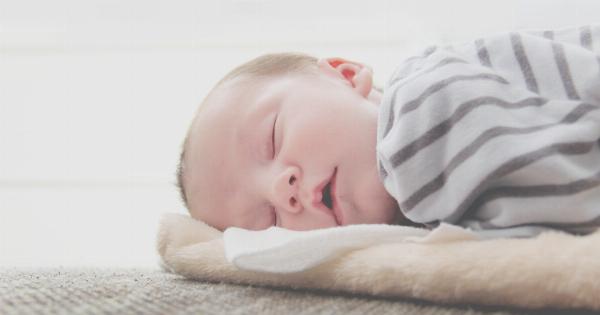Sleep is vital for overall health and well-being, especially for infants. It plays a crucial role in their physical growth, brain development, and emotional regulation.
As parents, it is essential to understand the right amount of sleep required for your infant’s age to ensure their optimal development.
The Sleep Needs of Newborns (0-3 months)
Newborns typically sleep for 14 to 17 hours a day, distributed across multiple short naps and longer periods of sleep. However, their sleep patterns are highly irregular.
They do not have a well-established circadian rhythm, and their sleep-wake cycle is influenced by hunger, discomfort, and their need for nurturing.
During the first three months, newborns tend to sleep for 2 to 4 hours at a time, waking up to feed. It is essential to respond to their needs promptly and create a calm sleep environment to help them fall back asleep easily.
The Sleep Needs of Infants (4-11 months)
As infants grow, their sleep patterns begin to develop and become more consistent. By the age of 4 months, they typically start to settle into a more predictable sleep routine.
At this stage, infants usually sleep for about 12 to 15 hours a day, including naps.
Most infants in this age range have three naps during the day, gradually transitioning to two longer naps by around 9 to 11 months. Nighttime sleep also becomes more consolidated, with stretches of 6 to 8 hours becoming more common.
Establishing Healthy Sleep Habits
Creating a conducive sleep environment and following a consistent bedtime routine can help establish healthy sleep habits in infants. Here are some tips:.
1. Set a Fixed Bedtime
Having a fixed bedtime helps infants regulate their internal sleep-wake clock. Make sure the bedtime is age-appropriate and consistent every night.
2. Create a Calm Sleep Environment
Avoid exposure to stimulating activities before bedtime. Dim the lights, reduce noise, and keep the sleep environment cool, quiet, and comfortable.
3. Establish a Bedtime Routine
A bedtime routine cues your infant’s brain that it is time to sleep. It may include activities like a warm bath, gentle massage, lullabies, or reading a bedtime story.
4. Encourage Self-Soothing
Teaching your infant to self-soothe is a valuable skill. Allow them to fall asleep independently by placing them in their crib when drowsy but still awake.
5. Monitor Daytime Naps
Ensure that your infant follows a regular and age-appropriate nap schedule. Avoid letting them nap too close to bedtime, as it may interfere with nighttime sleep.
6. Be Mindful of Sleep Regressions
During certain developmental stages, such as growth spurts or teething, infants may experience sleep regressions. Be patient and provide extra support during these times.
7. Pay Attention to Signs of Fatigue
Watch for signs of tiredness in your infant, such as rubbing eyes, yawning, or becoming fussy. Promptly respond to these cues by initiating their bedtime routine.
Understanding Sleep Safety Guidelines
Ensuring your infant’s sleep environment is safe is of paramount importance. Here are some essential sleep safety guidelines:.
1. Always Place Your Infant on Their Back to Sleep
Placing infants on their back greatly reduces the risk of Sudden Infant Death Syndrome (SIDS). It is the safest sleep position for babies.
2. Use a Firm Mattress and Avoid Loose Bedding
Choose a firm crib mattress that fits snugly into the crib. Avoid using soft bedding, such as pillows, blankets, and crib bumpers, which can pose suffocation hazards.
3. Keep the Sleep Environment Smoke-Free
Avoid exposing your infant to secondhand smoke, as it increases the risk of SIDS and other respiratory issues.
4. Share the Same Room, Not the Same Bed
The American Academy of Pediatrics recommends room-sharing for at least the first six months to reduce the risk of SIDS. However, it is essential to avoid bed-sharing, as it poses suffocation risks.
Conclusion
Sleep is essential for your infant’s growth, development, and well-being. Understanding the appropriate amount of sleep required for your infant’s age and following healthy sleep habits can contribute to their overall health and happiness.
Creating a safe and comforting sleep environment is crucial to facilitate better sleep for your little one.

























